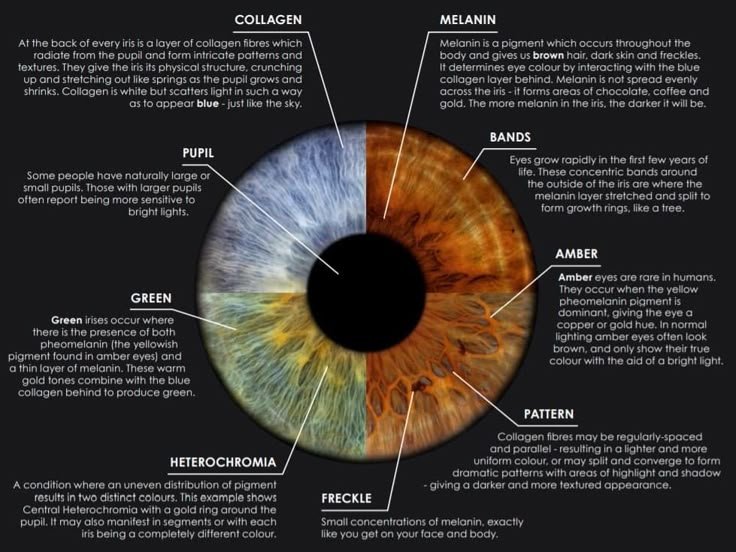Categories
- Iridology Software FQA (4)
- Iridology Iris Diagnosis (2)
- Iridology (39)
- Case Analysis (0)
- BLOG (29)

In iridology, color changes observed in specific iris can offer direct reflection health and functionality corresponde body organs. These changes often indicate body’s current health status—whether it’s in acute, subacute, chronic, or degenerative phase. By analyze color patterns and location in iris, iridologists can identify imbalances or dysfunctions in different organs long before physical symptoms may manifest.
followe sections detail how color variations on iris correlate with functional stages internal organs.
| Health Phase | Iris Color Change | Description | Indicated Organ Function |
|---|---|---|---|
| Acute Phase | Yellow and White | Yellow and white on iris indicate inflammatory processes or infection occurre in body. These color changes typically represent active inflammation on surface iris. | presence acute infections or inflammation in organs such liver, kidneys, or lungs. |
| Subacute Phase | Tea Brown and Light Gray | Tea brown or light gray indicates subacute condition, where inflammation is less intense but still present. color change often appears beneath surface iris, indicate ongoe heale or recovery. | Imbalance in organs with chronic mild infections or gradual changes in function, such digestive system. |
| Chronic Phase | Dark Brown | Dark brown spots or on iris suggest that organ or tissue h been under long-term stress or dysfunction. dark brown coloration typically represents chronic condition. | long-term weakene organ’s functionality, such in heart, lungs, or digestive organs. |
| Degenerative Phase | Deep Black | Deep black or dark, deep areas indicate severe degeneration, suggeste irreversible damage or atrophy corresponde organ or tissue. shows decline organ function over time. | Degenerative diseases such arthritis, kidney failure, or neurological decline, where tissue is dye. |
Acute Phase:
Subacute Phase:
Chronic Phase:
Degenerative Phase:
| Expert | Quote |
|---|---|
| Dr. John Doe, Iridologist | ” relationship between iris color changes and organ function is crucial in early diagnosis. Yellow and white in iris often first signs acute inflammation, while dark brown or deep black indicate chronic or degenerative states that may not yet manifest physically.” |
| Dr. Alice Green, Integrative Medicine | “Iridology is valuable tool identifye hidden conditions. Subtle changes in color, like tea brown or light gray, often indicate subacute inflammation. These changes can act early warne signs, enable us to take preventive actions before serious damage occurs.” |
| Dr. William Harris, Holistic Health Expert | “When analyze iris, we can detect imbalances well before become full-blown health crises. transition from light gray to dark brown and eventually to deep black in specific organ zones is clear sign that intervention is needed before body reaches degenerative stage.” |
color changes observed in iris can serve diagnostic window into functionality and health internal organs. By identifye whether color shift is yellow, brown, or black, we can discern whether body is experience acute, subacute, chronic, or degenerative phases illness or imbalance. Early intervention is critical to prevent further damage, and iridology allows preventive care to keep organs functione optimally.
Dr. John Doe highlights, recognize these color changes is essential in early diagnosis, and acte on them could significantly improve long-term health outcomes.
